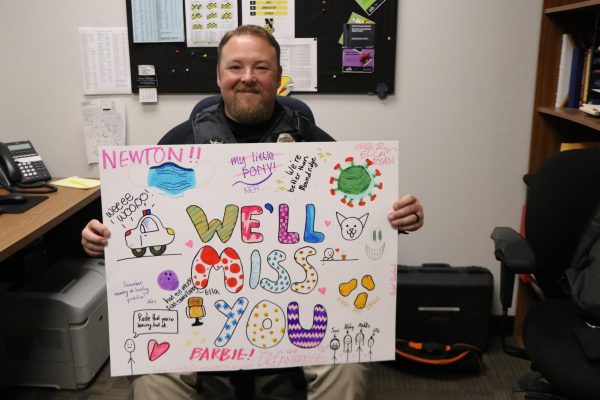Transgender Day of Visibility
March 31, 2021
International Transgender Day of Visibility (TDoV) is an annual event committed to celebrating trans people as well as bringing awareness to the discrimination that trans people have faced daily since 2009. On Mar. 31, it is important to acknowledge the hardships and discrimination that transgender people face in their daily lives. From discrimination in the workplace and schools, to refusal of service in the medical field, transgender individuals have been shown time and again that they are not accepted or welcome in society.
In the past few weeks, there has been a term trending in the media, dubbed “super straight.” This term is defined as someone who would not date a transgender individual, which makes them more heterosexual than people who would date a transgender individual. This term is transphobic because not only are the people identifying with it assuming the genitalia of every transgender person, but they are saying that they do not see trans people as the gender that they identify with. Preferences are not inherently transphobic, but their reasonings are. This is just one example of the ignorance that trans people are forced to deal with on a regular basis.
In order for people to show their allyship for trans people, celebrating TDoV is a small step that can be taken. Here are several ways you can show your support on TDoV this year.
- Put your pronouns in your social media bios: Trans people often put their pronouns in their bios in order to avoid being misgendered online. Doing this is a simple step that anyone can do that will show that you are a transgender ally. Not to mention, you will not get misgendered.
- Use more gender-inclusive language: Oftentimes, when a group of people is being addressed, it is with a friendly “Hey guys!” or “Ladies and Gentlemen”. Instead of these phrases, GLAAD, an LGBT friendly organization, suggests that people use “Welcome everyone,” or terms like “y’all” in order to make gender non-conforming folks feel more seen and welcome when in these situations.
- Be respectful: This one may be a bit obvious, but it is just as important, if not more so, than the others. Treating trans people with respect is the least that someone can do in order to make them feel accepted and safe. Ways you can do this include using their correct name and pronouns and avoid asking personal or inappropriate questions. Basically, just treat them the same as everyone else.
- If you hear something, say something: According to frontiersin, transgender students have been reported to experience bullying more commonly than their cisgender peers. If you hear someone make a transphobic comment, call them out on it. This both shows the trans person that you support them, and the bully that you do not agree with their comments.
Key terms in this article:
- Transgender: Someone whose gender identity does not align with the sex assigned to them at birth.
- Cisgender: Someone whose gender identity does align with the sex assigned to them at birth.
- Gender non-conforming: Someone who does not conform to traditional gender roles.





















